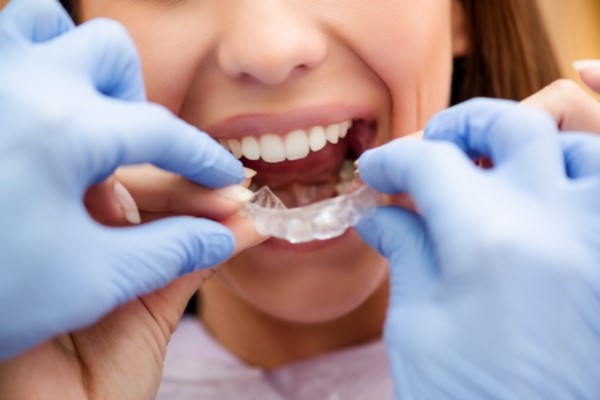Recommended Ages When Children Should See a Preventive Pediatric Dentist

Childhood brings many firsts, and a trip to the preventive pediatric dentist is one of them. Getting a child familiar with the importance of proper dental care does more for their overall health than just having a beautiful smile. Since the mouth is the gateway to the body for germs and bacteria, teaching children the critical role of proper maintenance is one way to help with good health. Introducing them to what happens at the dentist and set expectations at a young age can help this practitioner become an ally in their overall health and wellbeing.
Establishing a healthy routine for baby
Setting doctors' appointments to keep up with routine medical care and monitoring is something that starts soon after delivery. The expectations for well-baby visits and vaccine administrations are typically set before a child leaves the hospital or birthing center. Parents usually adhere to this schedule that can seem quite rigorous at times, but making sure a child is healthy and thriving is critical to parents. Even long after birth, there are still practitioners to visit, such as the dentist. When is the best time for a child to establish with a dentist?
The first visit to a preventive pediatric dentist
Parents may get conflicting information on when the best age is to start visiting a dentist, but the sooner, the better. The American Academy of Pediatric Dentistry recommends that children should see a dentist when the first tooth comes in, but no later than a first birthday. It then falls to parents to add this milestone appointment to the calendar. What is the reasoning behind such an early visit?
Dental progression
The primary function of the pediatric dentist is to provide ongoing dental care to children from the first tooth up to adulthood. It is in the best interests of a child to start this routine sooner rather than later. Getting a child to the dentist upon the first tooth poking through allows the provider to establish a baseline for monitoring tooth development.
Signs of problems
A dentist also diagnoses and treats issues with teeth. For example, if a child does not have any teeth by age 1, this may be a sign that there is something developmentally wrong under the gums. Waiting until the child is too old to find such a problem may prove more difficult in getting it corrected. If a child does not see a dentist until elementary school, there may be widespread damage and decay that could have been prevented and treated if caught sooner.
Become accustomed to the practice
The dentist's office is unlike a pediatrician's. With chairs and instruments that may look scary, children may resist going. The sooner a child gets used to the environment and the tools used by the dental specialty, the more comfortable follow-up trips become.
Conclusion
A child's dental health should be established sooner rather than later. Getting a child to the preventive pediatric dentist by the first birthday may set the tone for a healthy relationship and journey with the dentist. Keeping a child healthy and helping care for the teeth from the first through the permanent set helps improve overall oral and physical health for a lifetime to come.
Request an appointment here: https://www.atlantisdentist.com or call Atlantis Dental Care P.A. at (561) 965-9988 for an appointment in our Atlantis office.
Check out what others are saying about our services on Yelp: Read our Yelp reviews.
Recent Posts
Invisalign® aligners are a type of appliance used in orthodontics. These transparent mouth trays are used to push your teeth towards a better alignment. That is the same principle that powers other devices used in orthodontics, like conventional braces. Gradually pushing on teeth leads to them slowly moving in the direction they are being pushed.…
Invisalign aligners are a popular form of orthodontics nowadays. Many patients prefer the discreet nature of these clear aligners over the conspicuous appearance of conventional metal braces. When braces were the only way to straighten teeth, adults and teenagers often avoided getting teeth straightening treatment so they would not have to deal with the look…
A dental filling can be used to repair cavities that form on teeth due to tooth decay. Fillings can also be used to rebuild teeth structures that have been compromised by tooth decay or to repair broken and worn-down teeth.Tooth decay is the result of oral bacteria feasting on food particles that are stuck on…
You may be wondering if an implant supported bridge or a traditional one is right for you. It is a good idea to know a few pros and cons of each one. For example, implants might last longer for you. Keep reading to find out more about getting an implant supported bridge.Bridges can cover gaps…


